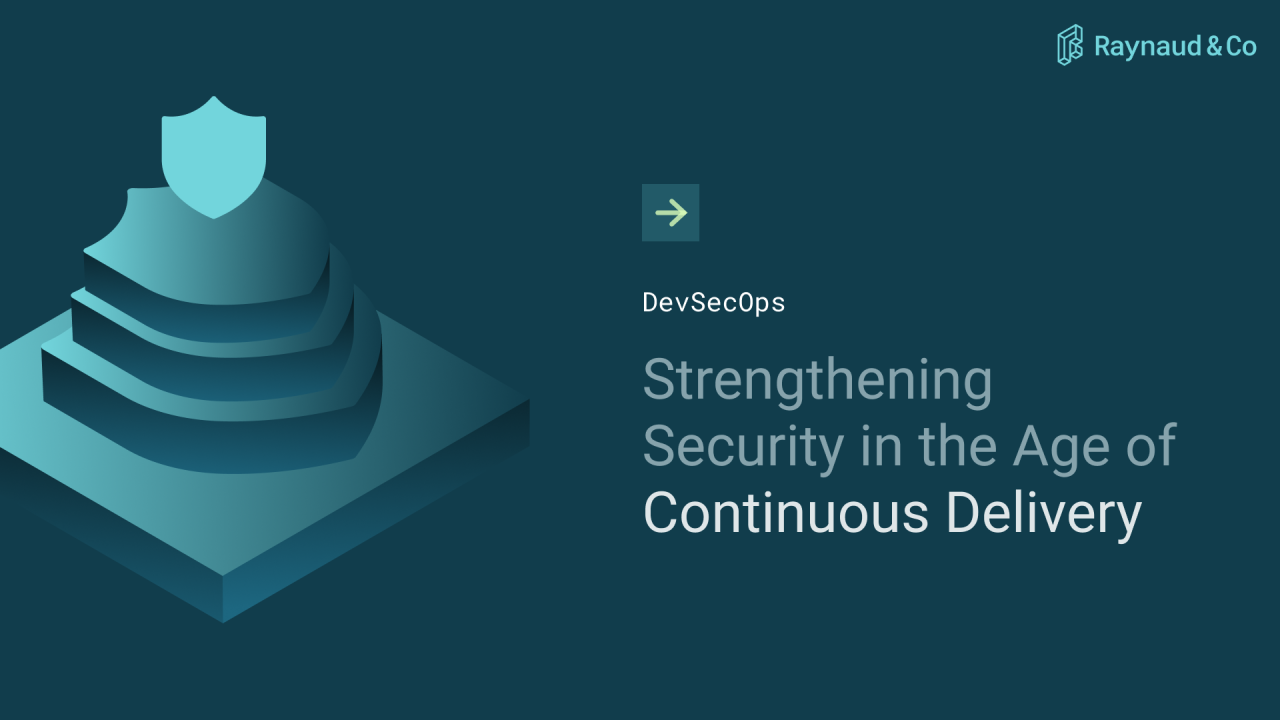
DevSecOps: Strengthening Security in the Age of Continuous Delivery
Cyber threats continue to evolve at an unprecedented pace, and traditional security approaches are no longer enough to keep up. DevSecOps—integrating security into every phase of the software development lifecycle—has become a necessity for modern organisations. Yet, as technology advances, so must our approach to security.
The Foundations of DevSecOps
At its core, DevSecOps is about embedding security into development and operations, ensuring that applications are secure by design. This requires:
While these principles remain essential, the DevSecOps landscape has undergone significant changes in recent years.
The Evolution of DevSecOps: What’s Changed?
1. AI-Powered Security
Artificial Intelligence (AI) and machine learning (ML) have transformed security automation. AI-driven threat detection now enables real-time anomaly detection, prioritising security risks based on potential impact. AI-enhanced SAST and automated runtime security tools have become key components of modern security pipelines.
2. Securing the Software Supply Chain
With the rise of sophisticated supply chain attacks, organisations must now secure dependencies, third-party libraries, and infrastructure-as-code configurations. The adoption of Software Bill of Materials (SBOM) and frameworks like Supply Chain Levels for Software Artifacts (SLSA) has become critical in mitigating these risks.
3. From Shift-Left to Shift-Everywhere
The early days of DevSecOps emphasised shifting security left—integrating it early in the development lifecycle. While this is still important, security must now extend across the entire software lifecycle. Runtime security, cloud-native monitoring, and post-deployment threat detection are now just as crucial as early-stage testing.
领英推荐
4. Cloud-Native Security Challenges
With widespread adoption of Kubernetes, serverless computing, and containerised applications, security must evolve to protect these cloud-native environments. Security teams are now implementing Kubernetes security policies, runtime threat detection, and automated misconfiguration scanning to keep cloud workloads secure.
5. Compliance-as-Code and Policy-Driven Security
As regulatory requirements grow, organisations are moving toward Compliance-as-Code, where security policies are automated and enforced programmatically. Tools like Open Policy Agent (OPA) allow teams to define security and compliance rules within their infrastructure, reducing manual oversight while improving governance.
The Future of DevSecOps
As we look ahead, the DevSecOps landscape will continue to evolve. Key trends shaping the future include:
Final Thoughts
The days of treating security as an afterthought are long gone. DevSecOps is no longer optional—it’s a fundamental requirement for building resilient, secure software. Organisations that embrace automation, AI-driven security, and a collaborative approach will be best positioned to mitigate risks in an increasingly complex digital world.
For those working on security challenges in modern development environments, I’d love to connect and exchange ideas. Let’s build a more secure future together.
Francois
#DevSecOps #CyberSecurity #AI #ZeroTrust #CloudSecurity